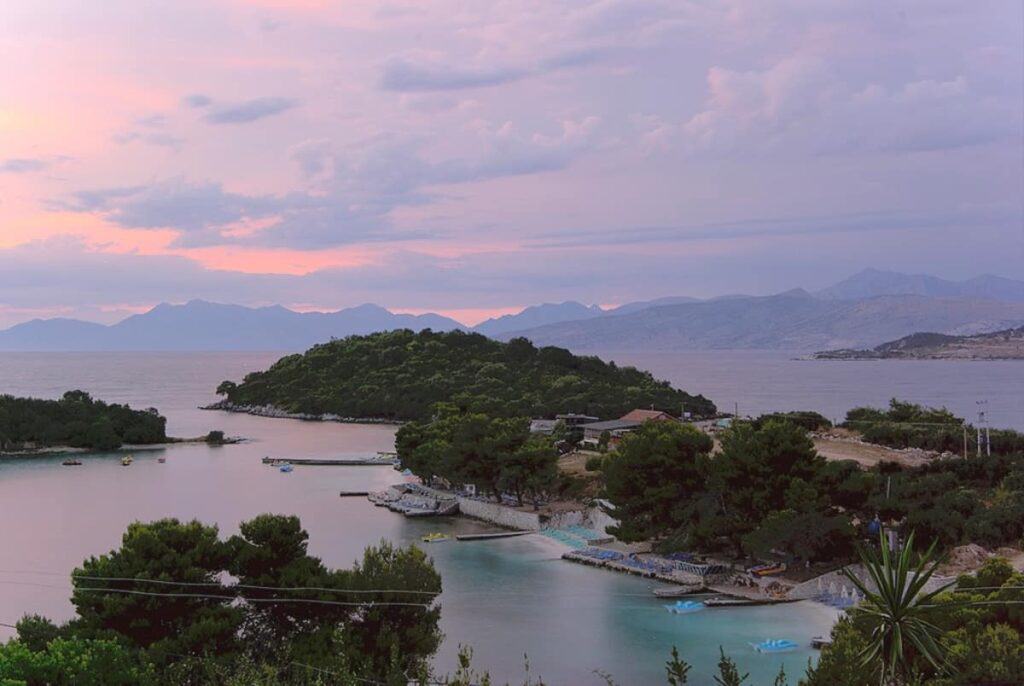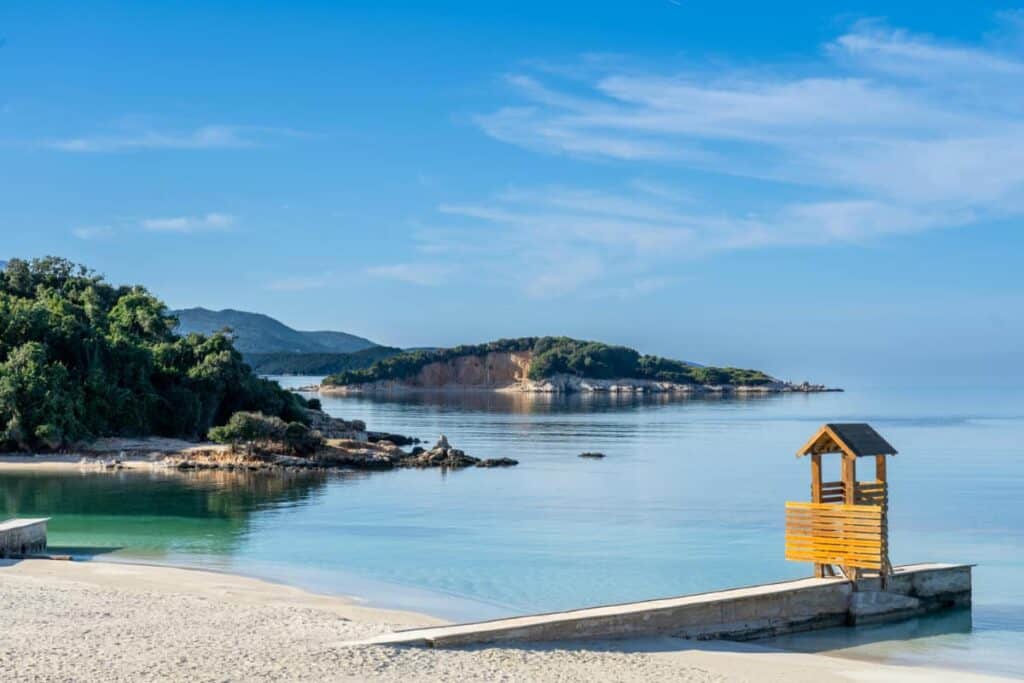Albania’s history is rich and complex, but one figure stands above the rest as a symbol of courage, resistance, and unity: Gjergj Kastrioti Skanderbeg. Known simply as Skanderbeg, this 15th-century military leader is revered as a national hero for his role in resisting Ottoman rule and preserving Albanian identity. His legacy lives on through stories, monuments, and historical sites that you can explore to truly understand the spirit of Albania.
Here’s a guide to Skanderbeg’s fascinating history and the must-visit sites connected to his legacy.
Who Was Skanderbeg?
Gjergj Kastrioti Skanderbeg (1405–1468) was born into the noble Kastrioti family in what is now northern Albania. As a child, he was taken as a hostage by the Ottoman Empire and trained as a soldier. Rising through the ranks of the Ottoman military, he eventually became a trusted commander. However, in 1443, Skanderbeg abandoned his position, returned to Albania, and declared independence from Ottoman rule.
For the next 25 years, Skanderbeg led a coalition of Albanian nobles in a series of successful campaigns against the vastly superior Ottoman forces. His military tactics, including guerrilla warfare and strategic fortifications, earned him a reputation as one of the greatest generals of his time. Despite his efforts, Albania eventually fell under Ottoman control after his death, but his legacy inspired centuries of Albanian resistance and pride.
Skanderbeg’s Historical Sites to Visit
To truly appreciate Skanderbeg’s impact on Albania, explore these iconic sites where his life and legacy come alive:
1. Skanderbeg Square – Tirana
Why Visit:
Located in the heart of Albania’s capital, Skanderbeg Square is the country’s most famous landmark. At its center stands an imposing statue of Skanderbeg on horseback, a symbol of Albanian independence and strength.
What to See:
- The Skanderbeg Statue, was created by sculptors Odhise Paskali, Andrea Mana, and Janaq Paço.
- The surrounding cultural institutions, including the National History Museum, feature exhibits on Skanderbeg’s life.
Insider Tip:
Visit the square in the evening when it’s beautifully lit, offering a picturesque setting for photos.
2. Krujë Castle – Krujë
Why Visit:
Krujë Castle served as Skanderbeg’s headquarters during his resistance against the Ottomans. It’s one of Albania’s most important historical sites and offers stunning views of the surrounding mountains.
What to See:
- The Skanderbeg Museum: Located within the castle, this museum is dedicated to Skanderbeg’s life and achievements. It houses artifacts, weapons, and documents from his time.
- The Old Bazaar: At the foot of the castle, this charming market offers handmade crafts, souvenirs, and local goods.
Insider Tip:
Take time to explore the castle walls and enjoy the panoramic views of the Adriatic Sea on clear days.
3. Lezhë – Skanderbeg’s Burial Site
Why Visit:
Skanderbeg was buried in Lezhë, where a mausoleum now stands in his honor. Known as the Memorial of Skanderbeg, it’s a place of reflection and reverence for Albanians.
What to See:
- The remains of the ancient church where Skanderbeg was originally buried.
- Artifacts and inscriptions commemorating his life and legacy.
Insider Tip:
Combine your visit to Lezhë with a trip to the nearby Drin River for a scenic and peaceful experience.
4. Rozafa Castle – Shkodër
Why Visit:
While not directly tied to Skanderbeg, Rozafa Castle was part of the Albanian League’s network of fortifications and is closely associated with the era of resistance against the Ottomans. It offers insight into the region’s strategic defenses during Skanderbeg’s time.
What to See:
- The castle’s well-preserved walls and towers.
- Sweeping views of Shkodër, the Buna River, and Lake Shkodra.
Insider Tip:
Visit during sunset for a magical view of the surrounding landscape.
5. Skanderbeg Pass – Qafa e Skënderbeut
Why Visit:
This mountain pass near Krujë is named after Skanderbeg and is believed to be one of the routes he used to navigate the terrain during his campaigns.
What to See:
- The natural beauty of the Albanian mountains.
- Scenic hiking opportunities for those who want to follow in Skanderbeg’s footsteps.
Insider Tip:
Pack sturdy hiking boots and enjoy the trails leading through this historically significant region.
6. National Museum of Skanderbeg – Tirana
Why Visit:
Located in the National History Museum in Tirana, this section is dedicated to Skanderbeg and offers a deep dive into his life, legacy, and influence.
What to See:
- Exhibits featuring original weapons, armor, and documents related to Skanderbeg.
- Artistic depictions of his battles and alliances.
Insider Tip:
Allow time to explore the entire museum for a broader understanding of Albania’s history.
Skanderbeg’s Legacy Today
Skanderbeg’s impact extends far beyond his military victories. He remains a symbol of Albanian identity, unity, and resistance against oppression. His name is commemorated in countless ways, from monuments and museums to folklore and national celebrations. Albanians proudly regard him as the “Father of the Nation,” and his story continues to inspire not only locals but also visitors seeking to understand Albania’s spirit.
Why Visit These Sites?
Exploring Skanderbeg’s historical sites allows you to step back in time and connect with Albania’s rich past. These locations offer a glimpse into the resilience and pride of a nation that has long fought to preserve its culture and independence. Whether you’re a history enthusiast or simply curious about Albania’s heritage, these sites will leave you inspired.
Plan Your Journey Today!
From the iconic Skanderbeg Square in Tirana to the historic walls of Krujë Castle, Albania invites you to discover the legacy of a hero who shaped its destiny. As you explore these incredible sites, you’ll gain a deeper appreciation for the country’s history and the enduring spirit of its people.


